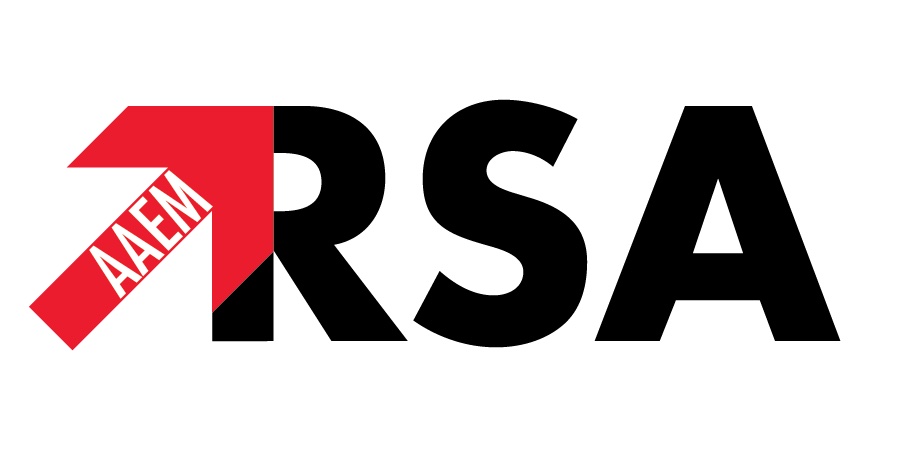AAEM/RSA supports the AAEM updated position statement on Non-Physician Practitioners. AAEM/RSA believes that the only appropriate preparation and qualification for the independent practice of emergency medicine is through completion of an ACGME or AOA accredited residency training program with subsequent board certification by the American Board of Emergency Medicine (ABEM) or American Osteopathic Board of Emergency Medicine (AOBEM).
Emergency medicine physicians who complete an ACGME or AOA certified residency, graduate with a minimum of 138 weeks of clinical experience in addition to the two years of intensive training in basic sciences and two years of clinical training in medical school.1-2 The difference in training criteria is illustrated by an AAEM/RSA infographic. Furthermore, board certified emergency medicine physicians are required to complete four United States Medical Licensing Exams, written and oral board certification exams, followed by annual lifelong learning assessments, and recertification exams every 10 years as outlined by ABEM/AOBEM. The value of board certification and its influence on patient care is well outlined in AAEM’s The Value of Board Certification and Residency Training in Emergency Medicine.
We believe non-physicians who provide care in the emergency setting must be supervised by a physician who is board certified in emergency medicine. While working as a member of the emergency department team, a non-physician should never replace a board certified emergency physician. Rather, non-physicians should play the role of improving department efficiency under the supervision of an emergency physician.
Furthermore, as part of emergency medicine training, resident physicians and medical students are preparing to lead interdisciplinary healthcare teams in the emergency department. It is our belief that it is deleterious to the training of physicians when supervised by someone who has not undergone the same level of training. We are adamant that emergency medicine residents and medical students should not be supervised by non-physician providers as defined by the accompanying list.
- Acute Care Nurse Practitioner (ACNP)
- Adult Nurse Practitioner (ANP)
- Advanced Nurse Practitioner (APN)
- Advanced Practice Registered Nurse (APRN)
- Advanced Registered Nurse Practitioner (ARNP)
- Certified Nurse Practitioner (CNP)
- Clinical Nurse Specialist (CNS)
- Certified Registered Nurse Practitioner (CRNP)
- Doctor of Nursing Practice (DNP)
- Doctor of Nursing Science (DNS, DNSc)
- Doctor of Science (DSC)
- Doctor of Science in Nursing (DSN)
- Doctor of Pharmacy (PharmD)
- Emergency Nurse Practitioner (ENP)
- Family Nurse Practitioner (FNP)
- Nurse Practitioner (NP)
- Nurse Practitioner Certified (NPC)
- Pediatric Clinical Nurse Specialist OR Psychiatric Clinical Nurse Specialist (PCNS)
- Pediatric Nurse Practitioner (PNP)
- Pediatric Nurse Practitioner – Acute Care (PNP-AC)
- Women’s Health Nurse Practitioner (WHNP)
- Advanced Physician Assistant (APA)
- Advanced Physician Assistant Certified (APA-C)
- Doctor of Medical Science (DMSc)
- Physician Assistant (PA)
- Physician Assistant Certified (PA-C)
- Registered Physician Assistant (RPA)
- Registered Physician Assistant Certified (RPA-C)
- American Board of Emergency Medicine. Policy on Emergency Medicine Residency Training Requirements. February 2018. https://www.abem.org/public/docs/default-source/policies-faqs/Policy-on-EM-Residency-Training-Requirements.pdf?sfvrsn=14
- Policies and Procedures of the American Osteopathic Board of Emergency Medicine. May 2019. https://certification.osteopathic.org/emergency-medicine/wp-content/uploads/sites/17/aobem-handbook.pdf
Approved August 14, 2019
